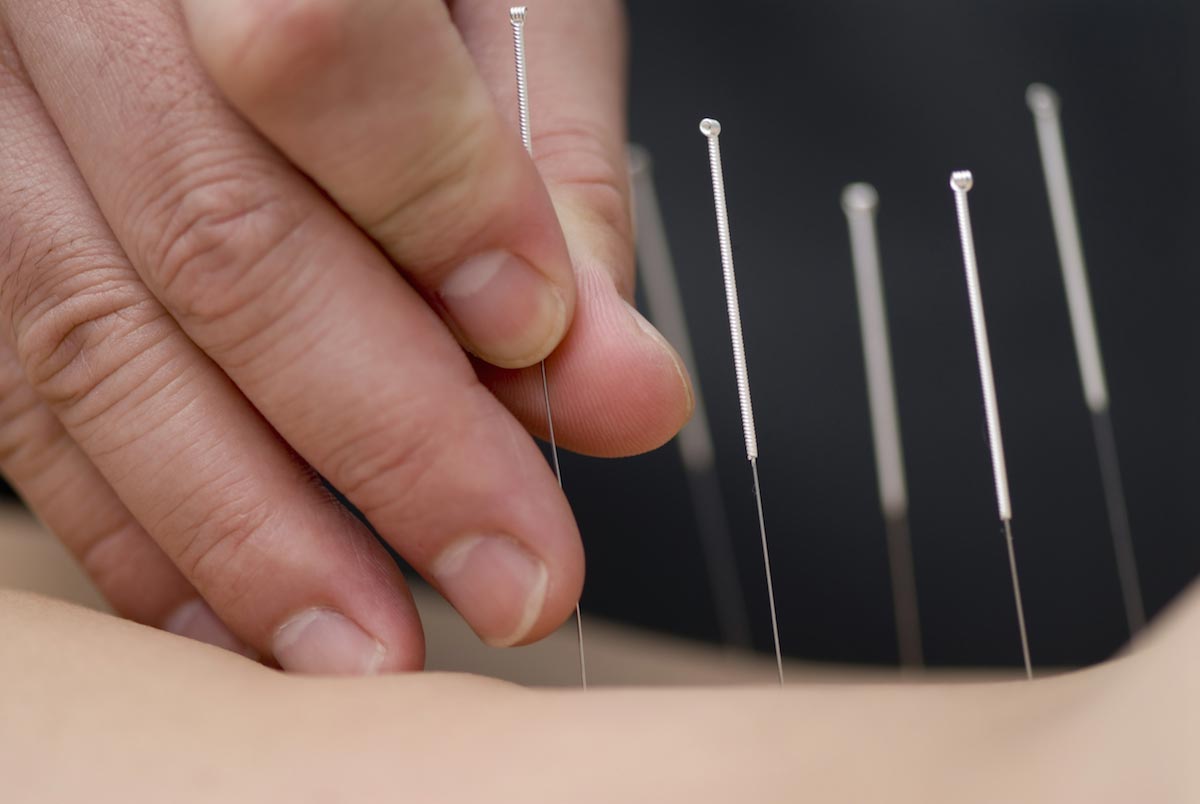An eye-opening look at the evolution of medicine: Dangerous substances such as heroin, cocaine, meth, tape worms were once used
08/01/2018 / By Frances Bloomfield

While it may be difficult to imagine now, there was a time when heroin was marketed as cough medicine and methamphetamine hydrochloride was a weight loss solution for women. These aren’t the only harmful substances that were used for medicinal purposes, however. Many more so-called cures have come, gone, and become more known for their dangerous health effects than their purported benefits.
- Amphetamines – On top of opening up the airways, medical professionals discovered that amphetamines could help people stay awake. Because of this, it was often used to remedy asthma and allergies, and to keep soldiers awake during times of war. The ability to relieve sleepiness was hyped up for women too, who were told that amphetamine was also good for staying “fit and slim.”
- Arsenic – Although arsenic is now known as the “poison of kings,” it had its place in medical history too. For one, it was a major component in anti-aging cream and a tonic called “Fowler’s solution.” The latter was marketed as a cure for “agues (or malaria), remittent fevers, and periodical headaches.” More shocking was that it was once hailed as the “savior of syphilis” and believed to be an effective treatment for leukemia and trypanosomiasis, a disease that also goes by the popular name of “African sleeping sickness.”
- Barbiturates – Pentobarbital, a short-acting barbiturate, is typically utilized in euthanizing humans and animals. Back in the 1930s, pentobarbital was sold under the brand name “Nembutal” and intended for use as a suppository for children “when they’re frightened and tense” during medical examinations. (Related: Timeline of celebrities killed by Big Pharma: Whitney Houston, Michael Jackson, Heath Ledger, Farrah Fawcett, Elvis and more.)
- Chloroform – If you suffered from a cold or bronchitis in the mid-18th century, then you might have been given a dose of Kimball White Pine and Tar Cough Syrup. This drug was praised for being an ideal ether substitute; the problem was that it contained four minims of chloroform. As a result, there were several cases wherein patients experienced fatal respiratory and cardiac arrest. Following that, chloroform was relegated to mouthwashes and ointments before being banned from human consumption entirely in 1976.
- Cocaine – Thanks to its potent pain-relieving qualities, cocaine was a major ingredient in all kinds of medicinal beverages and tablets. One prominent example was coca wine, an alcoholic beverage made from wine and cocaine. Adverts for coca wine claimed that it could cure sleeplessness, neuralgia, and despondency. Another medicine that made use of cocaine was cocaine toothache drops. These were meant to relieve tooth pain in children and were usually sold as over-the-counter medication. Even Sigmund Freud spoke glowingly of cocaine’s health benefits, which he noted were a remedy for depression and impotence.
- Heroin – While not the first to make heroin, Bayer found ways to commercialize it and sell heroin as a purportedly safer alternative to morphine and codeine. Heroin reputedly got its name from the German word “heroisch,” which means “heroic” because it made users feel powerful. This painkiller was then licensed for inclusion in menstrual cramp remedies, children’s cough syrup, and tuberculosis and asthma treatments. Soon after, reports emerged of people becoming tolerant to the drug and eventually becoming addicted to it. Bayer halted production of heroin in 1913, and the substance was banned in the U.S. in 1924.
- Methamphetamine – Similar to amphetamine, this drug was widely offered to women who wanted to lose weight. Another famous application of methamphetamine was as a treatment for “mild mental depression.” Instead of attaining relief, however, patients suffered through a wide array of side effects that ranged from tooth grinding to abnormal blood pressure to insomnia.
- Morphine – Perhaps the most infamous product to include morphine as an ingredient was Mrs. Winslow’s Soothing Syrup. It was called “the mother’s friend” because it was said to offer relief to teething children, and it did just that for many mothers. Unfortunately, children who were given too much Soothing Syrup usually never woke up from their fitful slumber. Thus, the syrup went from being a mother’s best friend to being a “baby killer” in 1911. Despite this, people continued to use morphine as pain medication or as a treatment for opium and alcohol addiction until 1914, when it became a controlled substance in the U.S. under the Harrison Narcotics Tax Act.
- Tapeworms – Imagine if you could lose weight without the need to exercise or diet — all you had to do was swallow tapeworm eggs. There are some doubts as to whether or not people really did turn to tapeworms as diet supplements, but the adverts boasting them as such are very real.
- Tobacco – These days, we know that tobacco aggravates symptoms of asthma. But in the mid-19th century, tobacco was actually marketed as a cure for this very condition. Henry Hyde Salter, an English doctor and proponent of this practice, claimed that using tobacco alongside stimulants would draw “morbid activity” from the lungs. This was in addition to smoking allegedly being suitable a cure for hay fever, canker sores, bronchial irritation, and “all diseases of the throat.”
100% organic essential oil sets now available for your home and personal care, including Rosemary, Oregano, Eucalyptus, Tea Tree, Clary Sage and more, all 100% organic and laboratory tested for safety. A multitude of uses, from stress reduction to topical first aid. See the complete listing here, and help support this news site.
Knowing that these dangerous substances were originally utilized as medicinal remedies is terrifying to imagine. But is it really all that different from how things are now? After all, we do load ourselves up with antibiotics and vaccines that tend to do more harm than good. The way things are going, we seem to be repeating history rather than learning from it.
Visit Medicine.news to read up on more news reports and studies about the field of medicine.
Sources include:
Tagged Under: Big Pharma, disease treatments, harmful medicine, history, Medicine, pharmaceuticals, supplements, toxic chemicals, toxic ingredients




















